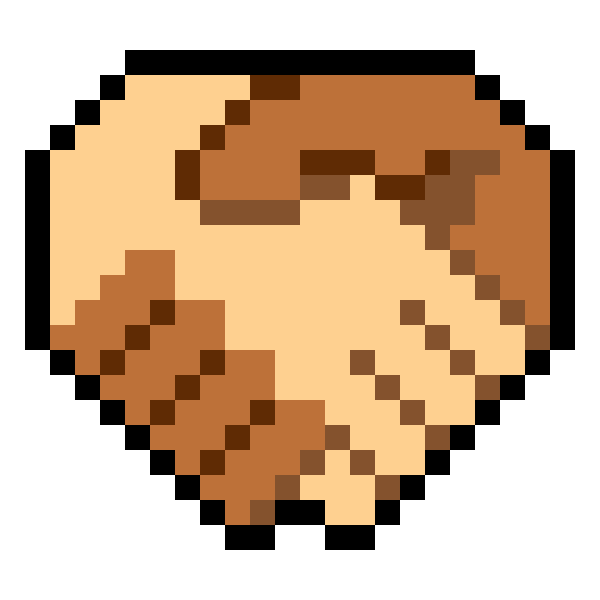1,169 reads
10 Days of .Net Aspire: Day 5 — Integrating Apache Kafka
by
September 3rd, 2024
Audio Presented by

Programmer by heart | C# | Python | .Net Core | Xamarin | Angular | AWS
Story's Credibility





About Author
Programmer by heart | C# | Python | .Net Core | Xamarin | Angular | AWS